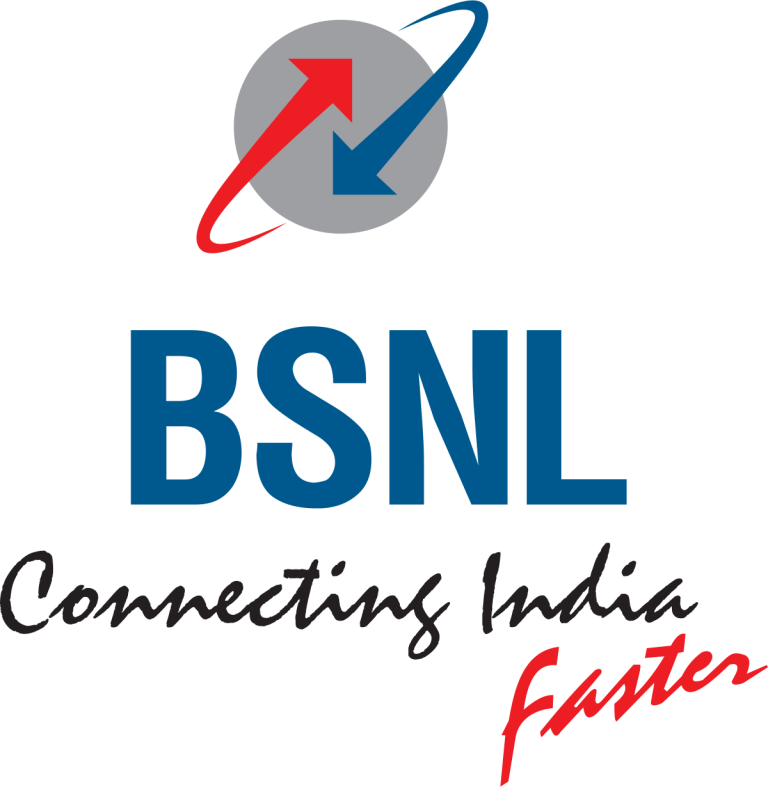Planned Preventive Maintenance: Ensuring Smooth Operations
In today’s fast-paced business environment, the efficient operation of machinery and equipment is crucial for the success of any organisation. Downtime and unexpected breakdowns can lead to production losses, increased costs, and customer dissatisfaction. This is where Planned Preventive Maintenance (PPM) comes into play.
Contents [show]
What is Planned Preventive Maintenance?
Planned preventive maintenance, often abbreviated as PPM, is a proactive approach to maintenance aimed at preventing equipment failures and ensuring the continued reliability and performance of machinery and assets. It involves regular, scheduled maintenance activities carried out on equipment to identify and address potential issues before they result in breakdowns.
The Importance of Planned Preventive Maintenance
PPM is an essential aspect of facility management and maintenance strategies for various reasons:
1. Enhanced Equipment Reliability
By conducting regular inspections and maintenance activities, PPM ensures that equipment remains in optimal working condition. This minimizes the chances of unexpected breakdowns and extends the lifespan of assets.
2. Cost Savings
Investing in preventive maintenance can save businesses significant amounts of money in the long run. It is more cost-effective to perform routine maintenance than to repair or replace equipment after a breakdown.
3. Improved Safety
Well-maintained equipment is less likely to pose safety hazards to employees and the environment. PPM helps organizations meet safety standards and regulations.
4. Increased Productivity
Reduced downtime and fewer equipment failures mean higher productivity levels. This leads to increased output and greater customer satisfaction.
Benefits of Planned Preventive Maintenance
Implementing a robust PPM program offers several benefits:
1. Minimized Downtime
Regular maintenance reduces unplanned downtime, allowing operations to run smoothly without disruptions. This uninterrupted workflow is especially critical in industries with continuous production processes.
2. Extended Equipment Lifespan
Proper maintenance prolongs the life of machinery and equipment, delaying the need for replacements. This not only saves on capital expenditures but also reduces the environmental impact of disposing of old equipment.
3. Cost-Effective
PPM is cost-effective in the long term as it reduces repair and replacement expenses. By identifying and addressing issues early on, businesses can avoid costly emergency repairs and keep their budgets in check.
4. Compliance with Regulations
Meeting maintenance and safety regulations is crucial for businesses, and PPM helps in achieving compliance. It ensures that equipment is regularly inspected and maintained according to industry standards and government regulations, reducing the risk of penalties and legal issues.
Key Elements of a Successful PPM Program
To establish an effective PPM program, certain key elements should be in place:
Equipment Inventory and Documentation
Maintain a comprehensive inventory of all equipment and create detailed documentation for each asset, including manuals and maintenance history. This documentation serves as a valuable resource for maintenance teams, providing them with essential information about each piece of equipment.
Maintenance Scheduling
Develop a maintenance schedule that outlines when specific tasks need to be performed. This schedule should consider equipment criticality and operational needs. By prioritizing maintenance tasks based on their impact on operations, businesses can allocate resources more efficiently and minimize disruptions.
Inspection and Monitoring
Regularly inspect equipment for signs of wear, damage, or deterioration. Implement monitoring systems to track performance and detect abnormalities. This proactive approach allows maintenance teams to identify potential issues early, preventing them from escalating into costly breakdowns.
Predictive Maintenance Techniques
Utilize predictive maintenance techniques such as vibration analysis, infrared thermography, and oil analysis to identify potential issues before they escalate. Predictive maintenance relies on data and technology to anticipate equipment failures, enabling businesses to take corrective actions proactively.
Steps to Implement a PPM Program
To implement a successful PPM program, follow these steps:
Assess Your Equipment
Begin by conducting a thorough assessment of your equipment to identify maintenance needs and prioritize tasks. This assessment should include an evaluation of each piece of equipment’s criticality to operations, current maintenance practices, and historical performance data.
Create a Maintenance Plan
Develop a comprehensive maintenance plan that outlines the scope of work, schedules, and responsibilities of the maintenance team. The plan should detail the specific maintenance tasks to be performed, the frequency of inspections, and the tools and resources required.
Establish a Maintenance Schedule
Set up a regular maintenance schedule based on equipment criticality and operational requirements. This schedule should be flexible enough to accommodate unexpected events while ensuring that essential maintenance tasks are never neglected.
Train Your Maintenance Team
Ensure that your maintenance team is well-trained and equipped to perform their tasks effectively and safely. Training should cover equipment-specific procedures, safety protocols, and the use of specialized tools and technologies.
Implement Monitoring and Reporting
Implement monitoring systems and reporting mechanisms to track equipment performance and maintenance activities. These systems may include sensors, software solutions, and data analysis tools. Regular reporting ensures that maintenance activities are documented, and any deviations from the maintenance plan are addressed promptly.
Common Challenges in PPM
While PPM offers numerous advantages, there are some common challenges that organizations may face:
Cost
Investing in preventive maintenance may seem expensive upfront, as it requires resources for equipment assessments, training, and monitoring systems. However, the long-term savings in terms of reduced downtime, fewer emergency repairs, and extended equipment lifespan outweigh the initial expenses. Businesses must view PPM as an investment rather than a cost.
Resistance to Change
Employees and management may resist changes in maintenance practices, especially if they have been using a reactive maintenance approach for years. Overcoming this resistance requires effective communication, education, and the demonstration of the benefits of PPM. Employees should understand that PPM aims to improve their working conditions by reducing unexpected breakdowns and enhancing equipment reliability.
Lack of Data
Insufficient data on equipment performance can hinder effective PPM planning. To address this challenge, organizations should implement data collection and analysis processes. Modern maintenance technologies, such as sensors and predictive analytics, can provide valuable insights into equipment health and performance trends.
Conclusion
Planned Preventive Maintenance is a proactive approach to ensure the smooth operation of machinery and equipment. By implementing a robust PPM program, organizations can enhance equipment reliability, reduce costs, improve safety, and increase productivity. While challenges may arise, the benefits of PPM far outweigh the drawbacks, making it an essential component of modern maintenance strategies.





